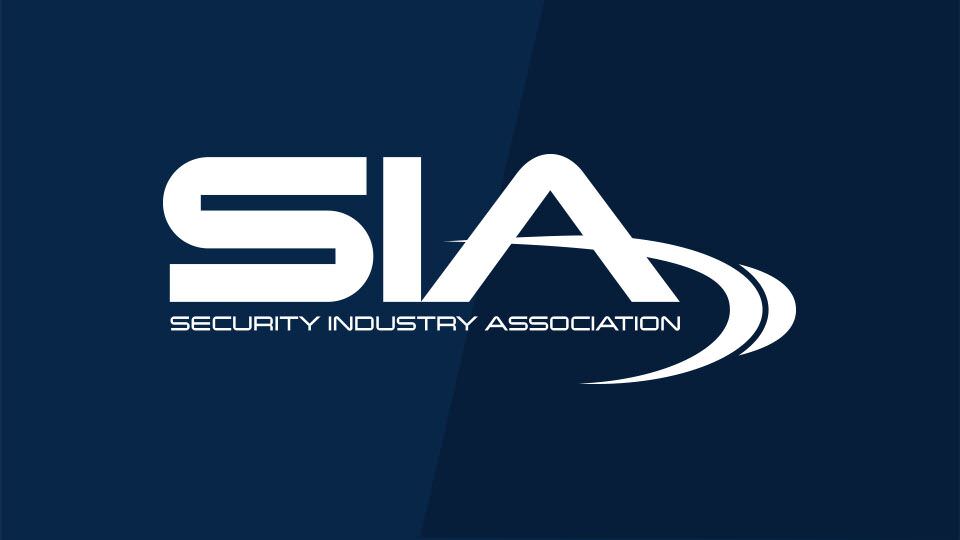Facial Recognition: Made to Order for Courthouse Safety

Among the nation’s array of government offices, one of the most visible targets for violence is the common county courthouse.
Often subject to tight budgets that limit manpower and technology, courthouses can be seen as an extension of “government” and all that it represents to many would-be attackers. Courthouses are also the scene of countless actions that often bring anger and heartbreak on a very personal level: divorces, tax settlements and more.
One case occurred in 2011 when a man entered Judge Gary Cottrell’s chambers in a Crawford County, Arkansas courthouse. Despite carrying at least two handguns and a rifle, the man went undetected until he started firing. Fortunately, the judge was not in his office that day. A secretary was injured but officers shot and killed the assailant before anyone else was harmed.
The situation might have been different if someone had recognized the gunman, an area resident by the name of Jim Palmer. Palmer allegedly targeted the judge because he had presided over an acrimonious divorce some years previously. During the proceedings, Palmer was accused of hitting his wife in front of their young son, setting their couch on fire and talking about buying weapons. The judge had approved the divorce.
Courthouse anger of this nature is common, though few reach this level of violence. And even for locations where metal detectors are available (they were not at the Arkansas courthouse), violence can still erupt. Federal courthouses as a rule have solid security, but they may also face more serious threats, as the cases they handle can include everything from racketeering to major drug smuggling.
Real-time facial recognition offers an important layer of protection in these situations. In an interesting twist, it’s a situation that works very well with affordable systems and relatively simple installation. This type of application even avoids many of the privacy issues that have been raised in some quarters about the new technology.
Unlike more public locations and open-search facial recognition, courthouse applications essentially focus on a finite database of known threats—such as someone who was known to be angry with a specific judge because of a specific case. By definition, such facial recognition does not need to record photographs of everyone passing a camera and then run their images through a giant database of mug shots and arrest records. All that is needed is a quick comparison of their facial biometrics with those on a watch list in a local, limited database. Judges, prosecutors and law enforcement flag these known individuals, and the system sends an alert if an individual on the watch list is identified at the courthouse entrance.
The Carnahan courthouse in St. Louis, Missouri, was among the first to use such a network in 2014. The concept is also being applied to screen known shoplifters in retail locations and to ensure positive identification for employees at secure worksites.
Several advantages are worth amplifying. The results are nearly instantaneous, in part because the databases are relatively small. The system costs are relatively low, also in part because the storage needs are modest. Best of all, cameras can be located so that security personnel inside can be alerted before confronting a potential threat.
None of this is to diminish legitimate questions of privacy or technical issues. However, facial recognition is often judged by its largest, most complex and all-encompassing examples, and many of the arguments pro and con are limited to these massive systems. I suspect this type of relatively low-key, low-cost threat detection application will be used far more often because of its targeted technique. It could provide an important security boost to locations that often need it.
The views and opinions expressed in guest posts and/or profiles are those of the authors or sources and do not necessarily reflect the official policy or position of the Security Industry Association (SIA).
